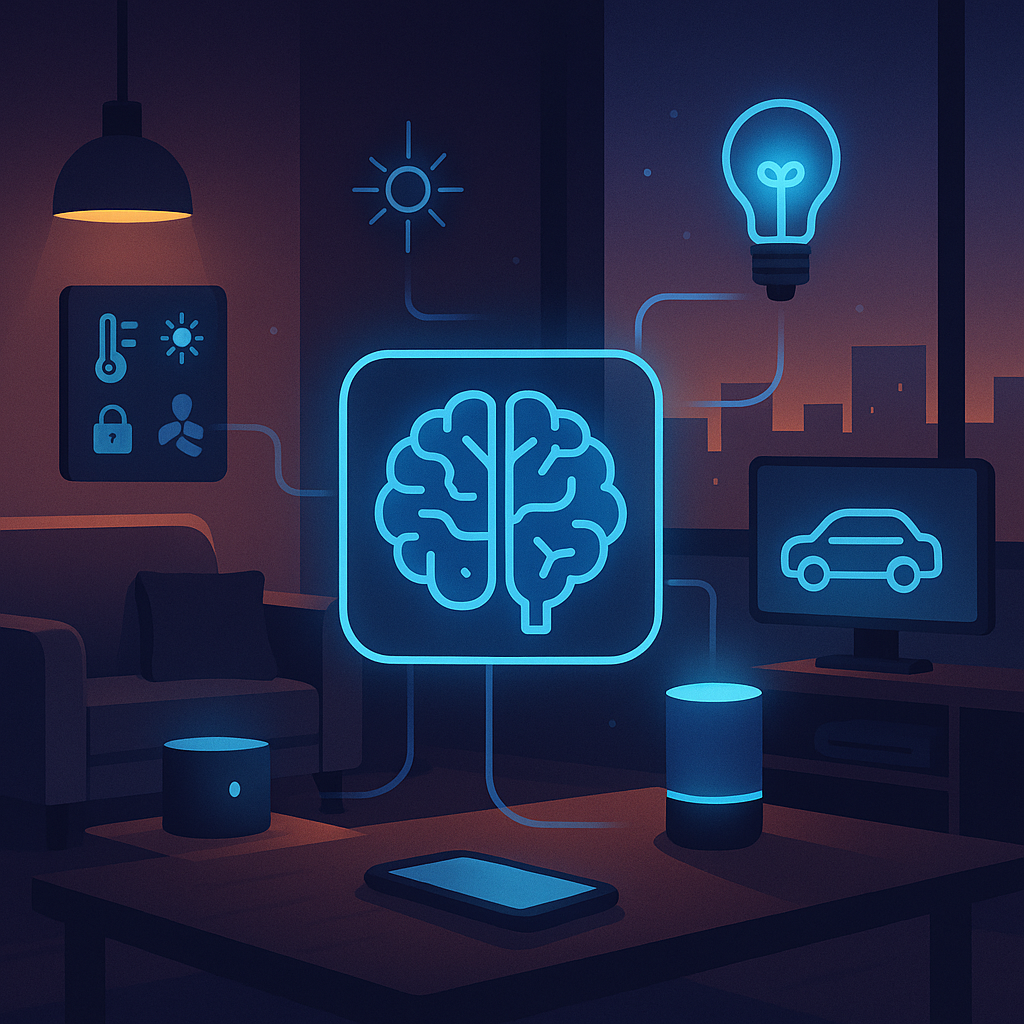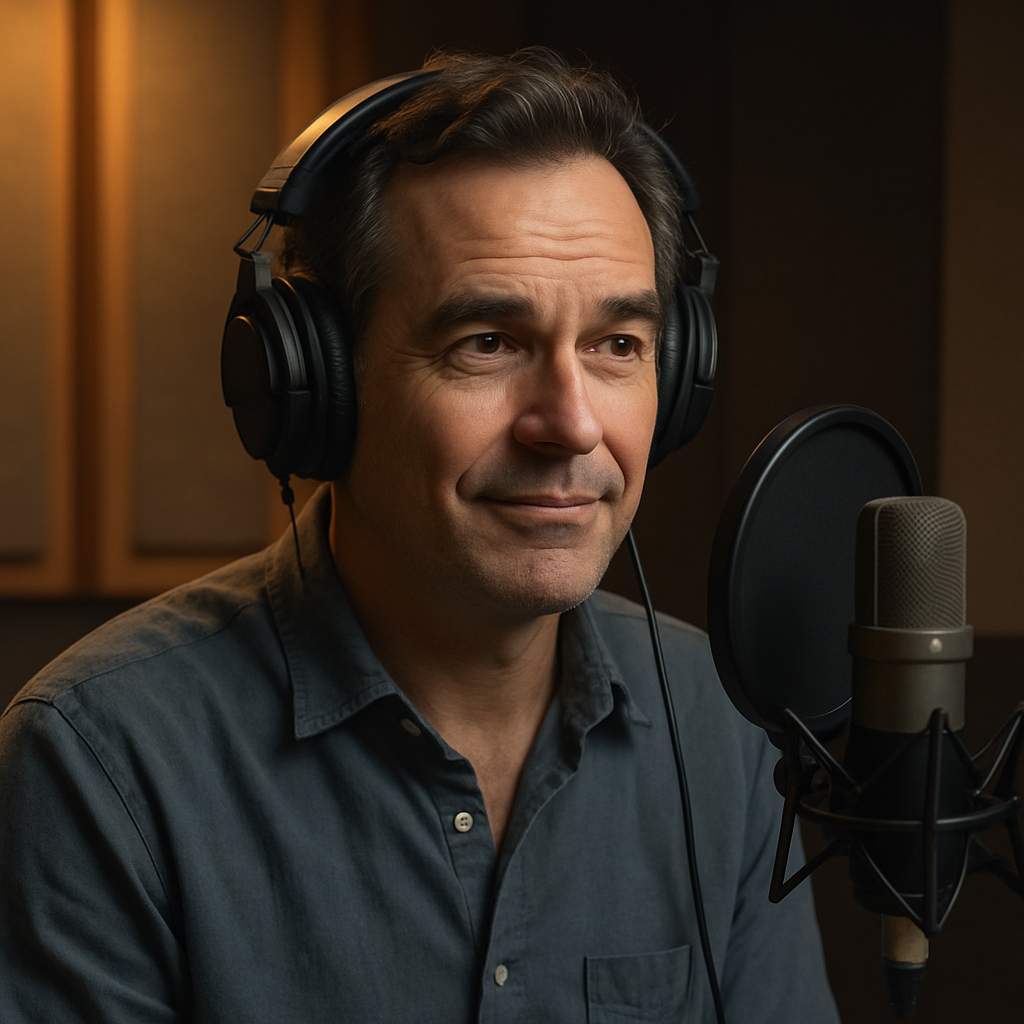
Not too long ago, the idea of talking to your house sounded like science fiction. Today, it’s routine. You dim the lights with your voice, set the temperature from your phone, and get alerts when your front door opens. Technology has made homes smarter, more responsive, and oddly enough — more personal.
But this is just the beginning. The tools that now live in your living room are starting to reach something bigger: the city around you.
In many places, this shift is already underway. Streetlights adjust based on the time of day or the presence of pedestrians. Buses and trains share real-time locations. Public trash bins signal when they’re full. Traffic lights adapt to traffic flow. All of this makes cities feel more alive, more in tune with how people move and live within them.
What’s fascinating is that it’s not always obvious. The changes creep in quietly. You start noticing that your morning commute is a bit smoother. Your packages arrive faster. Your energy bill is lower. Bit by bit, the systems around you are becoming more intelligent — not just reactive, but predictive.
This evolution isn’t just about convenience. It’s also about efficiency, sustainability, and access. Smarter infrastructure means fewer delays, less waste, and better resource management. It means cities that can grow and serve more people without losing their identity or pushing residents to the margins.
At the heart of it all is connection. Devices and systems are talking to each other constantly — from homes to street signs to transit systems. And while you might not always see it, you feel the result: things just work better. It’s the difference between waiting for a bus in the dark and knowing exactly when it will arrive, or between feeling stuck in traffic and finding an alternate route before the jam even begins.

Of course, with this new level of connection comes new questions. How much should systems know? Who controls the data? How do we keep communities involved in decisions about their own neighborhoods?
These are big questions. But they’re important ones. Because while technology can build smarter cities, it’s people who give those cities meaning. The goal isn’t just to automate — it’s to elevate how we live, how we move, and how we feel in the places we call home.
In the end, the most successful smart cities may not be the ones with the flashiest tools. They’ll be the ones where the tools work quietly in the background, helping life flow more naturally — where the technology supports people, not the other way around.
The future of smart cities isn’t just about gadgets or screens. It’s about creating spaces that feel thoughtful, responsive, and human. And maybe that’s the smartest thing of all.


